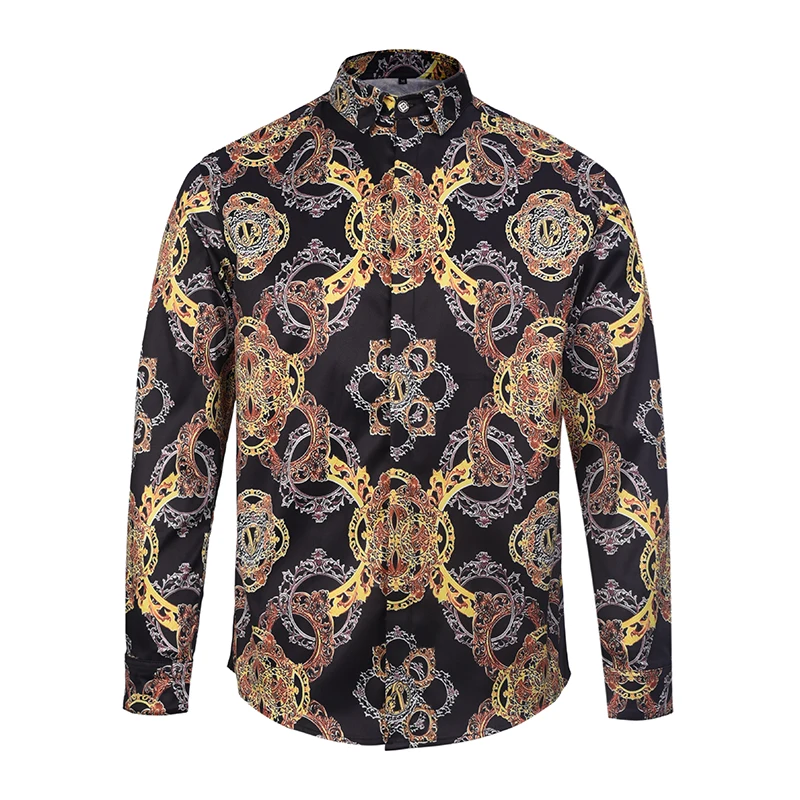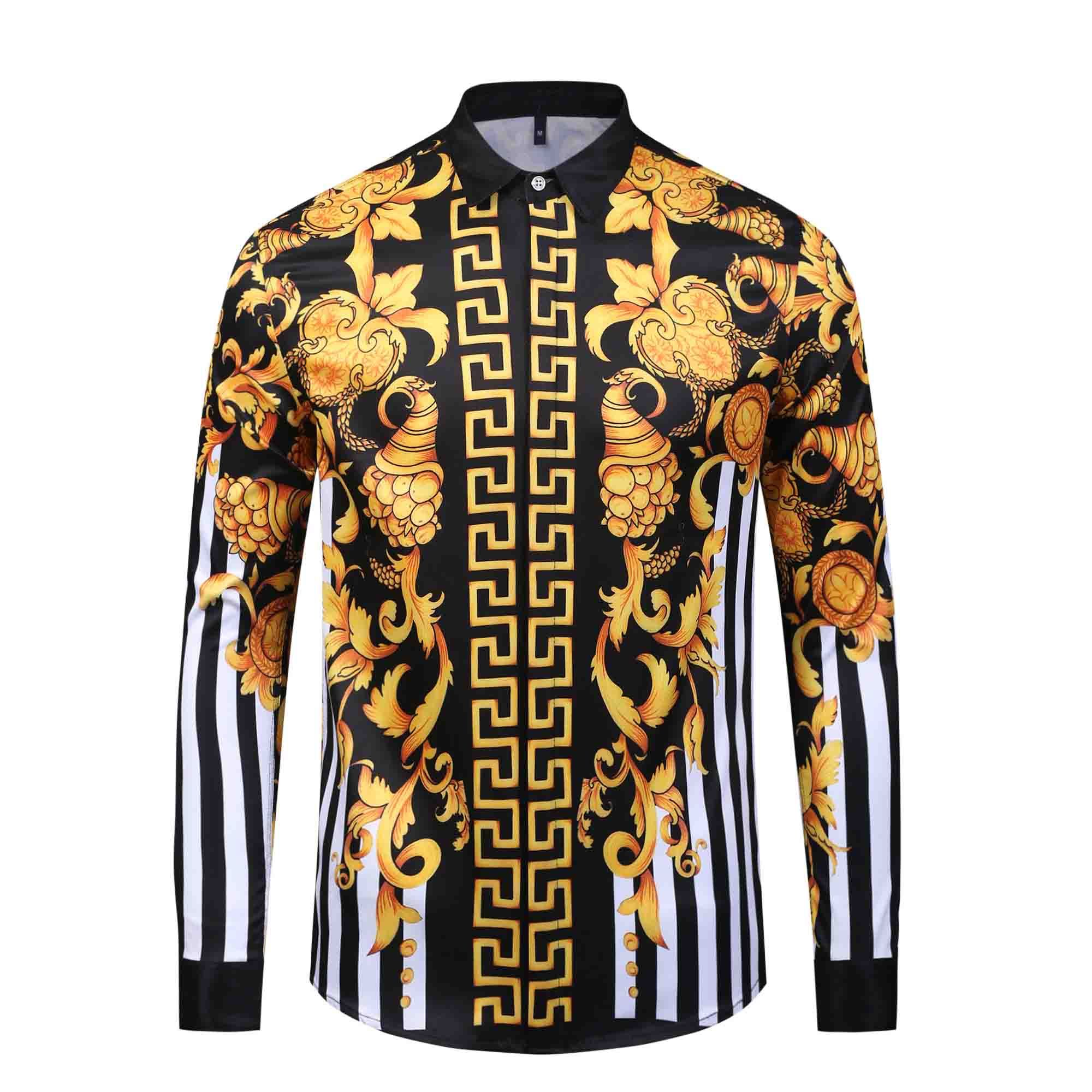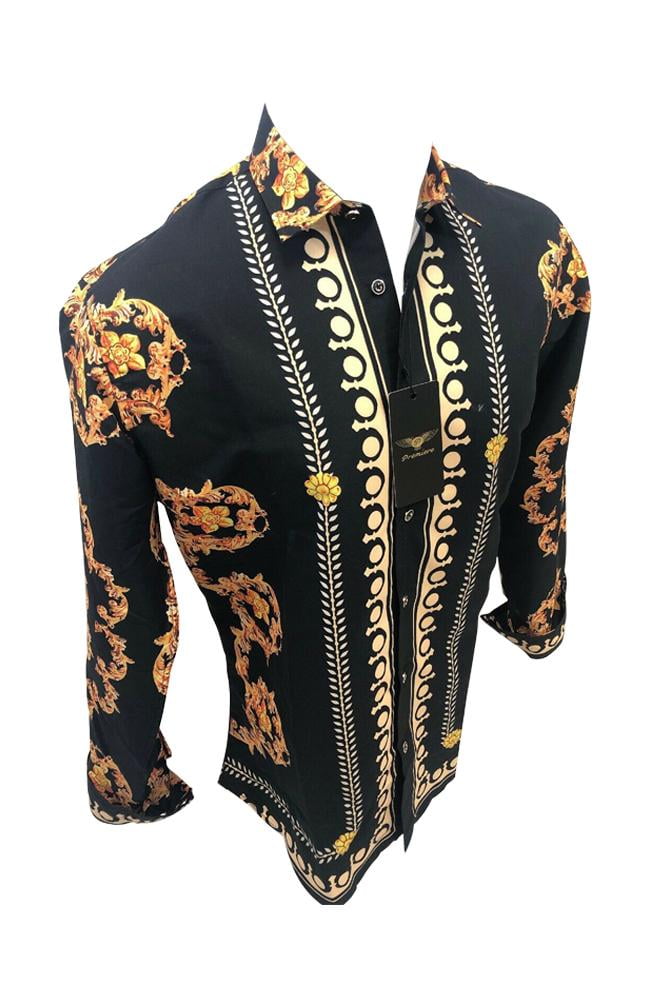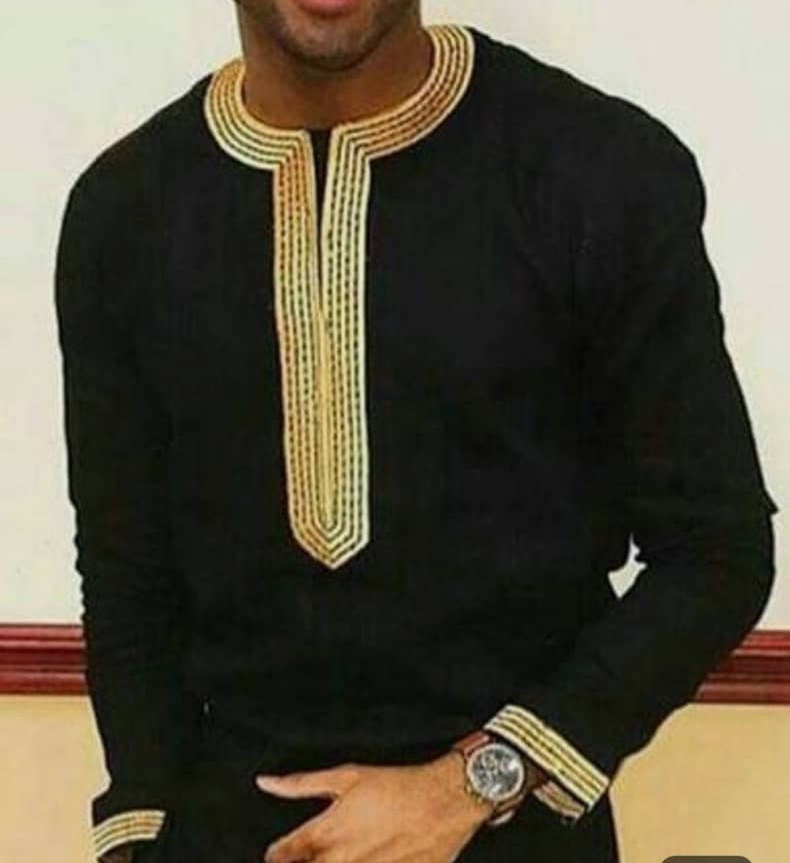Table of Content

Elizabeth I wears a doublet with fringed braid trim that forms button loops and a matching petticoat. Janet Arnold suggests that this method of trimming may be a Polish fashion (similar trimmings à la hussar were worn in the 19th century). 1572, Elizabeth I wears a fitted gown with hanging sleeves over a matching arched bodice and skirt or petticoat, elaborate undersleeves, and a high-necked chemise with a ruff. Her skirt fits smoothly over a Spanish farthingale. Isabel de Valois, Queen of Spain in severe Spanish fashion of the 1560s.
By the 1590s, skirts were pinned to wide wheel farthingales to achieve a drum shape. What struggle did you hold by the reins and overcome? The feeling of liberation is profound and guess what, you're going to do it again.
Athletic fit, performance fabric menswear.
His velvet hose are made in wide panes over a full lining, 1566. Short cloaks or capes, usually hip-length, often with sleeves, or a military jacket like a mandilion, were fashionable. Long cloaks were worn in cold and wet weather. Gowns were increasingly old-fashioned, and were worn by older men for warmth indoors and out. In this period robes began their transition from general garments to traditional clothing of specific occupations, such as scholars . Hose, in variety of styles, were worn with a codpiece early in the period.
This style was thought to give a martial appearance and was favoured by soldiers. The Goat Beard resembles a goatee. It is also very similar to the 'Pick-a-devant and the Barbula style of beards.
"The Dexter" Black Casual Button Down
She wears an open-fronted cartwheel ruff. Nicholas Hilliard's miniature of his wife Alice shows her wearing an open partlet and a closed ruff. Her blackwork sleeves have a sheer overlayer.
Fashion shows are events for designers to show off new and often extravagant designs. Clothing performs a range of social and cultural functions, such as individual, occupational and gender differentiation, and social status. In many societies, norms about clothing reflect standards of modesty, religion, gender, and social status.
"The Fowler" Grey Casual Button Down
People may wear ethnic or national dress on special occasions or in certain roles or occupations. For example, most Korean men and women have adopted Western-style dress for daily wear, but still wear traditional hanboks on special occasions, such as weddings and cultural holidays. Also, items of Western dress may be worn or accessorized in distinctive, non-Western ways.

Thus it is best to go with slimmer styles when you intend to use the dress shirt with any formal clothing. The oversized look of banded collar shirts is now a trending fashion among the younger generation. The key is to go with the fit that you look and feel comfortable in. Dress shirts are garments that we wear with formal clothing like suits and blazers.
Style gallery 1550s–1560s
Among the more popular include Marc Jacobs and Gucci, named for Marc Jacobs and Guccio Gucci respectively. Dating with direct archeological evidence produces dates consistent with those hinted at by lice. In September 2021, scientists reported evidence of clothes being made 120,000 years ago based on findings in deposits in Morocco. However, despite these indications, there is no single estimate that is widely accepted.

In some cultures, sumptuary laws regulate what men and women are required to wear. Islam requires women to wear certain forms of attire, usually hijab. What items required varies in different Muslim societies; however, women are usually required to cover more of their bodies than men.
It is generally common for a woman to wear clothing perceived as masculine, while the opposite is seen as unusual. Contemporary men may sometimes choose to wear men's skirts such as togas or kilts in particular cultures, especially on ceremonial occasions. In previous times, such garments often were worn as normal daily clothing by men. Men's fashionable clothing consisted of a linen shirt with collar or ruff and matching wrist ruffs, which were laundered with starch to be kept stiff and bright.
















